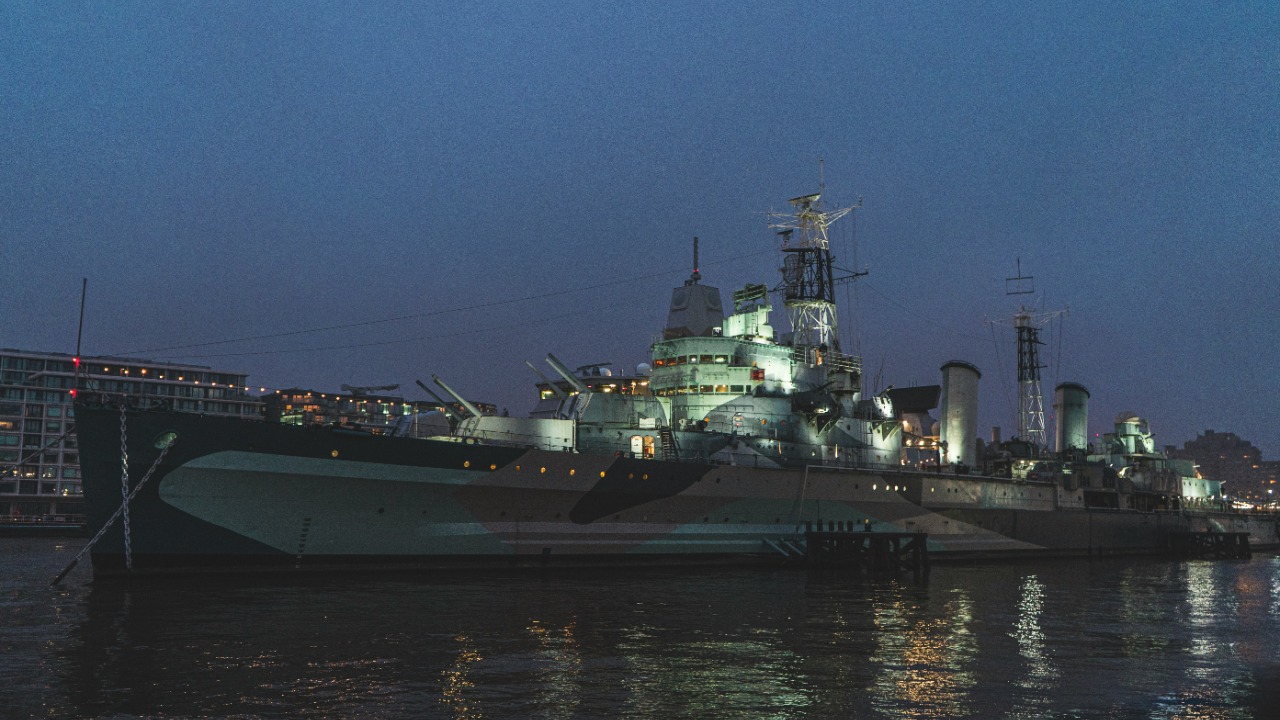
The German battleship Bismarck, a 42,000-ton behemoth armed with eight 15-inch guns, embarked on a mission from Gotenhafen on May 18, 1941, with the objective of disrupting Allied shipping in the Atlantic. However, just days later, the Bismarck was cornered and pummeled into submission by the British Royal Navy, marking a pivotal naval defeat for Nazi Germany early in World War II.
The Bismarck’s Design and Armament
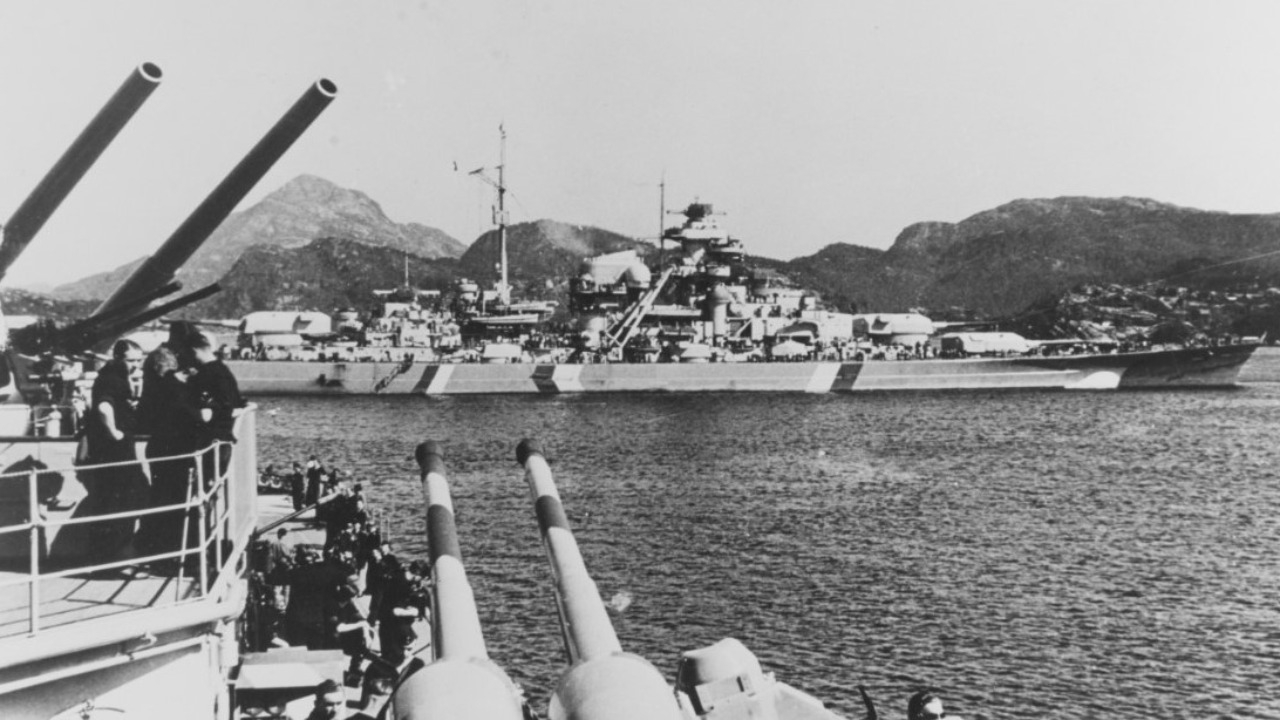
The Bismarck was a marvel of naval engineering. Its innovative features included belt armor up to 12.6 inches thick and a top speed of 30 knots, making it the largest warship in the Kriegsmarine fleet at its launch in February 1940. These specifications positioned the Bismarck as a significant threat to British naval supremacy (Vreme).
The ship’s main battery comprised eight 38 cm guns capable of firing 1,764-pound shells over 22 miles. The secondary armament included twelve 15 cm guns. Engineering feats like the triple turrets allowed rapid broadside fire during engagements. The ship was manned by over 2,200 officers and sailors under Admiral Günther Lütjens, including key figures like Captain Ernst Lindemann. The Bismarck’s advanced radar and fire-control systems represented the cutting-edge of German naval technology in 1941.
Operation Rheinübung: The Sortie Begins
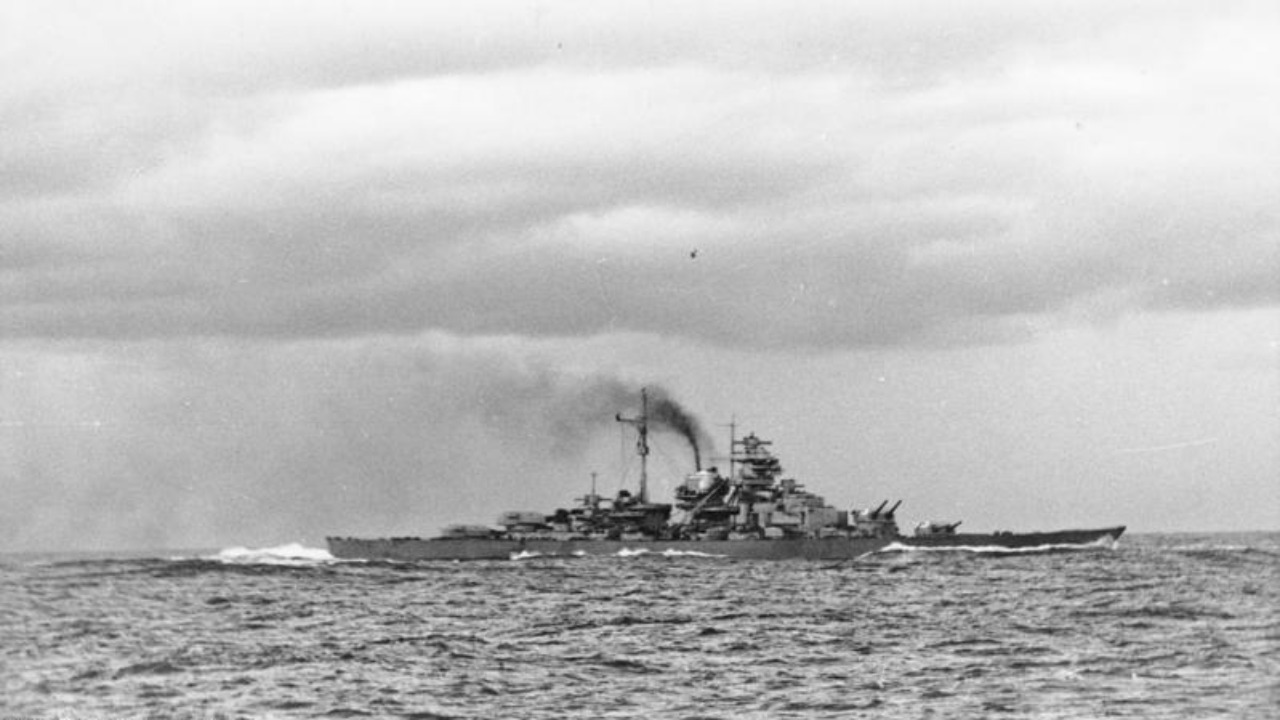
Operation Rheinübung was launched with the strategic aim of breaking out into the Atlantic for commerce raiding. The Bismarck and the heavy cruiser Prinz Eugen departed Gotenhafen under radio silence to evade detection by British forces. The initial transit through the Kattegat and Skagerrak on May 21, 1941, was spotted by Swedish reconnaissance flights, alerting British intelligence via decrypted Enigma signals (Vreme).
The flotilla attempted refueling off Norway and decided to proceed despite the risks. Notably, the absence of U-boat escorts left the ships vulnerable to aerial and surface interception.
Clash in the Denmark Strait
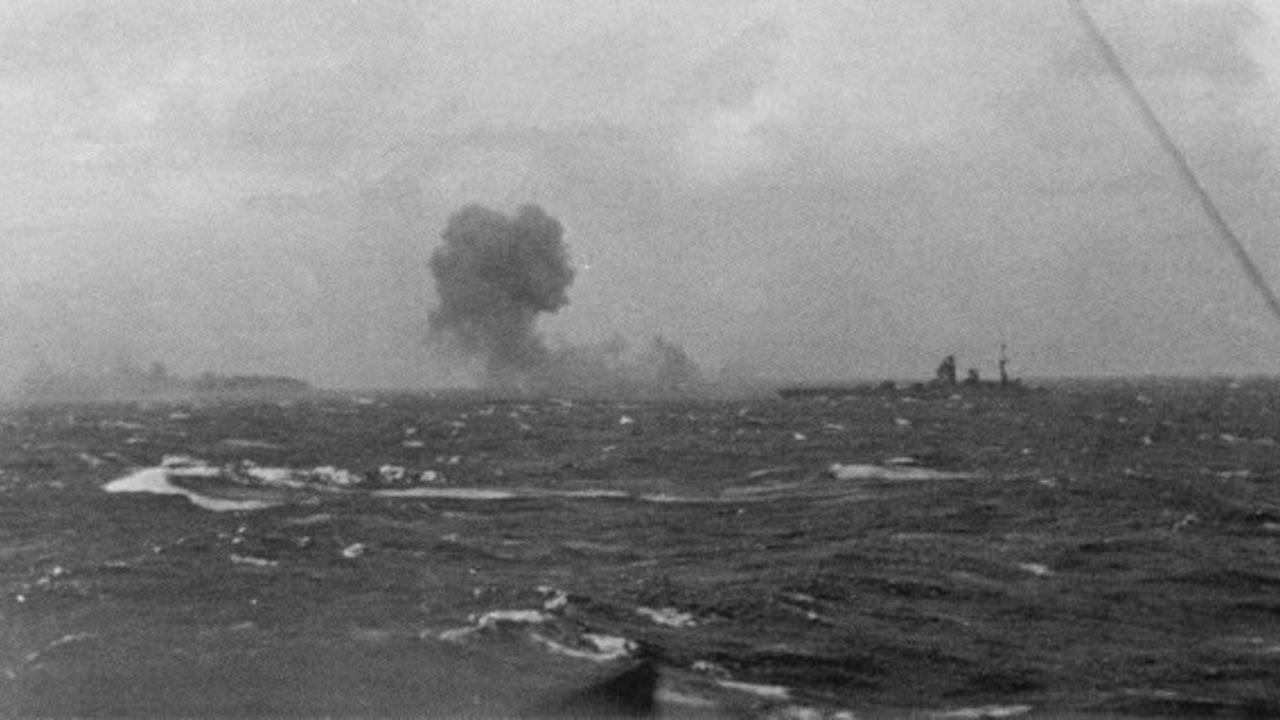
On May 24, 1941, the British battleship HMS Prince of Wales and battlecruiser HMS Hood intercepted the Bismarck and Prinz Eugen. The Hood was destroyed after the Bismarck’s fifth salvo hit its aft magazine at 5:52 AM. Tactical errors, such as the Hood’s outdated deck armor failing against plunging fire and mechanical issues on the Prince of Wales, resulted in three British hits on the Bismarck that reduced her speed to 28 knots (We Are The Mighty).
The human cost of this encounter was significant. All but three crewmen from the Hood’s 1,418-man complement were lost, and the Bismarck suffered 49 killed and over 100 wounded. This battle galvanized British resolve to sink the Bismarck.
The Relentless Pursuit
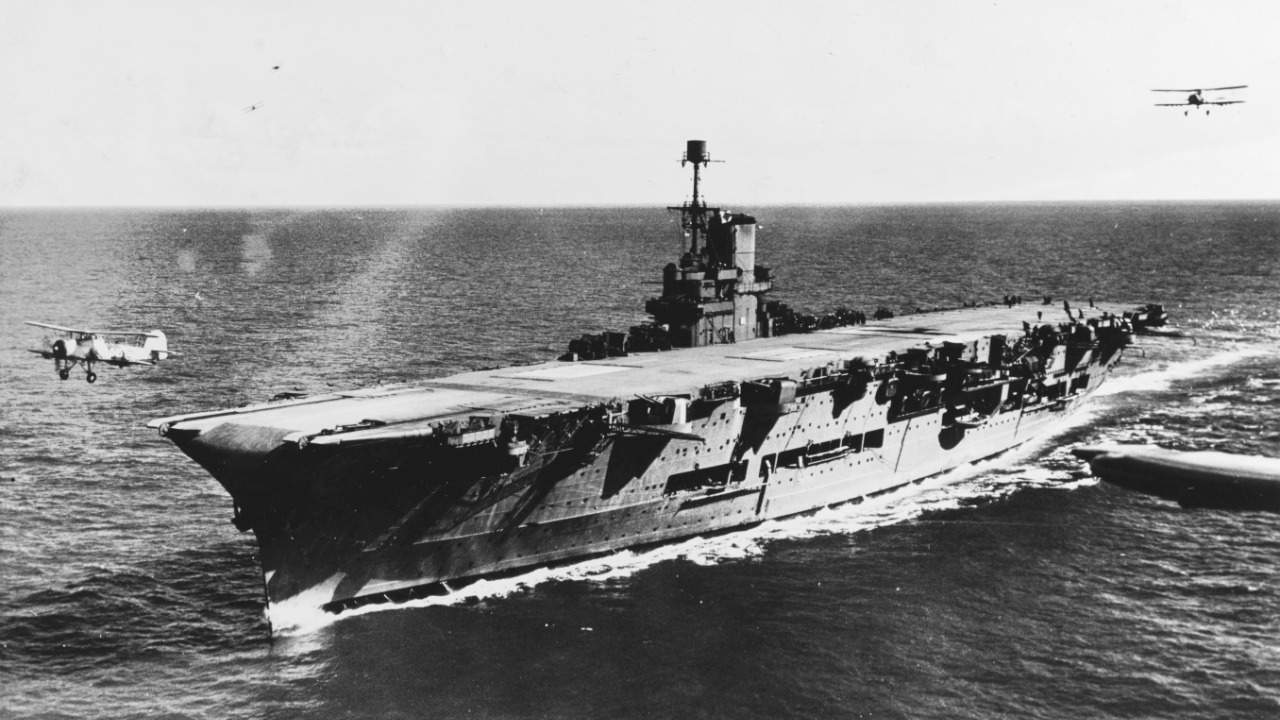
The Royal Navy, under Admiral John Tovey, mobilized over 40 warships, including aircraft carriers HMS Victorious and HMS Ark Royal. Swordfish torpedo bombers from Victorious struck the Bismarck on May 24, 1941, causing minor damage but forcing evasive maneuvers.
A critical hit on May 26, 1941, from Ark Royal’s Swordfish jammed Bismarck’s rudder at a 12-degree angle during a storm in the Atlantic. This prevented steering and allowed British cruisers HMS Sheffield and HMS Dorsetshire to shadow the crippled vessel (Slate). Despite desperate attempts to reach Brest, France, for repairs, the Bismarck endured continuous harassment from British destroyers like HMS Cossack.
The Final Battle and Sinking
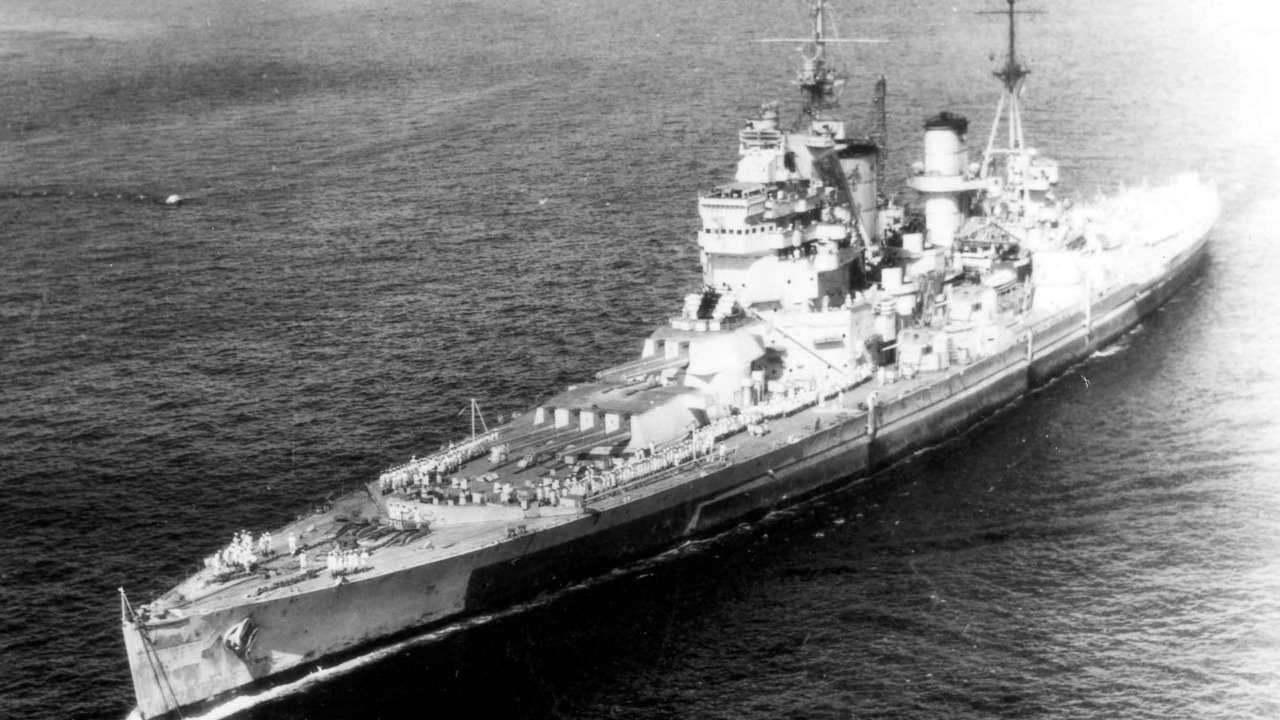
On the morning of May 27, 1941, south of Greenland, HMS Rodney and HMS King George V opened fire on the Bismarck from 15 miles away. Their 16-inch guns overwhelmed Bismarck’s defenses and ignited multiple fires within minutes. Over 2,800 shells were fired by the British battleships, and torpedoes from accompanying cruisers reduced the Bismarck to a burning hulk listing heavily by 10:20 AM. Scuttling charges were detonated by her crew to prevent capture (We Are The Mighty).
Rescue operations were launched, but only 110 German survivors were pulled from the water amid rough seas. Lindemann and Lütjens went down with the ship. The rescue operation was cut short after Dorsetshire’s captain spotted a U-boat.
Aftermath and Legacy
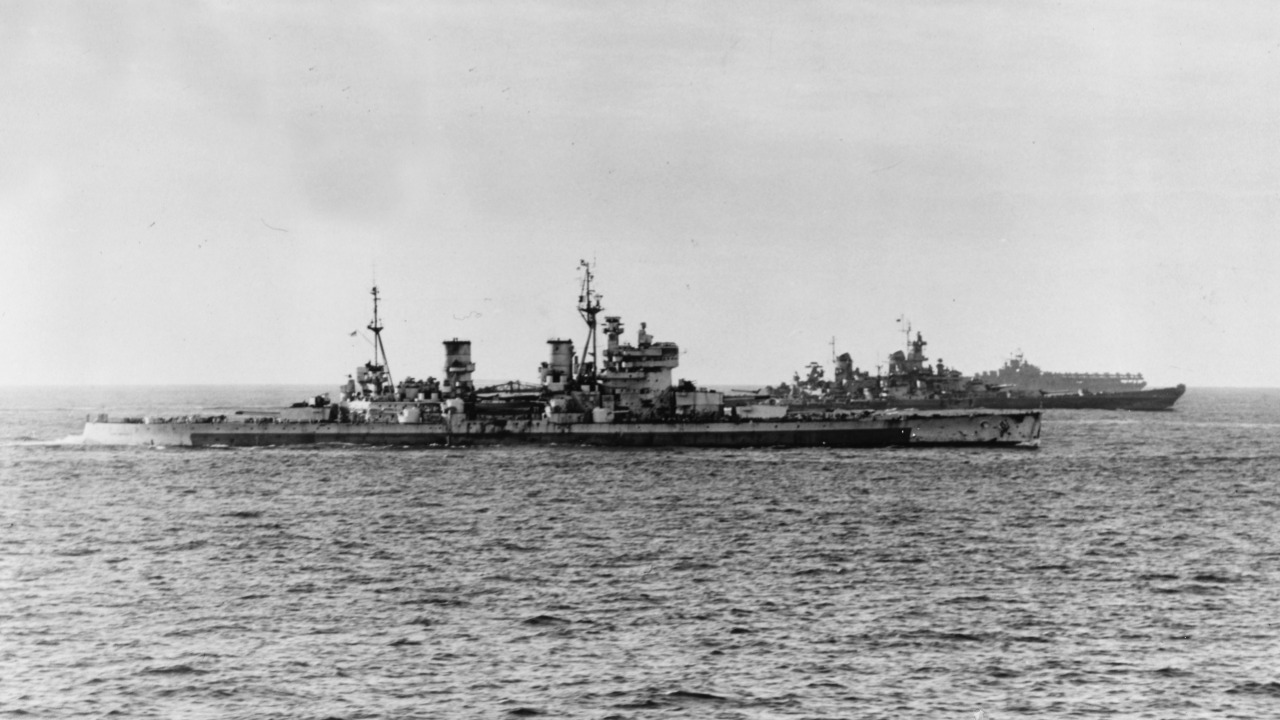
The sinking of the Bismarck had a significant strategic impact. It halted German surface raider operations for the duration of the war and boosted British morale following the sinking of the Hood. Winston Churchill cited it as a key victory in Parliament.
Postwar investigations, including 1989 dives by Robert Ballard, confirmed the wreck’s position at 48°17′N 16°07′W with its bow blown off, debunking myths of deliberate scuttling versus torpedo damage (Slate). The battle has been depicted in various cultural mediums, from books like C.S. Forester’s novels to films, symbolizing its enduring place in naval history.